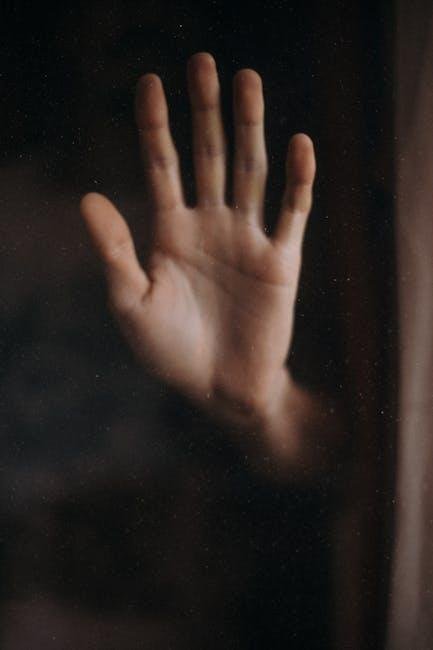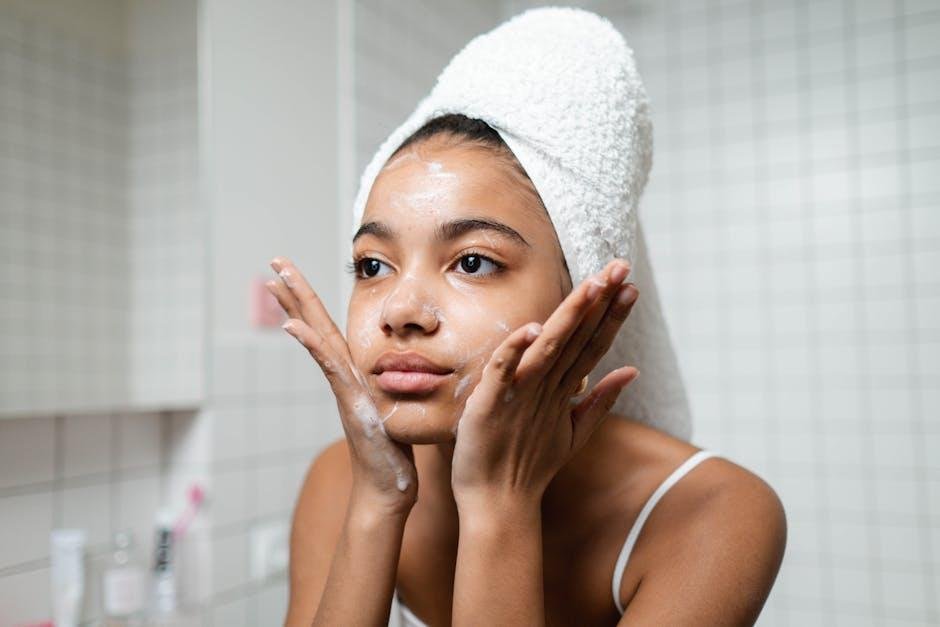In an age where skincare routines have become both an art and a science, the double cleansing method has emerged as a beloved ritual among beauty enthusiasts worldwide. But for many, the term still evokes curiosity: why cleanse twice? What lies behind this increasingly popular practice that promises too elevate the health of our skin? At the intersection of tradition and innovation, the principles of double cleansing reveal not just the meticulous care we dedicate to our complexion, but also the science underpinning effective cleansing. This article delves into the foundations of double cleansing, exploring its history, the mechanisms through which it revitalizes our skin, and the best practices to harness its benefits. Join us on a journey through the layers of understanding that unveil why the simple act of washing your face can lead to profound transformations.
understanding the Skin’s Natural Barrier and Its role in Cleansing
The skin’s natural barrier,known as the stratum corneum,serves as the body’s first line of defense against environmental aggressors.This outermost layer is composed of dead skin cells and lipids that work together to retain moisture and shield the skin from harmful elements such as pollution, bacteria, and UV radiation. A well-maintained barrier is essential for preventing transepidermal water loss (TEWL), which can lead to dryness and irritation. To ensure the integrity of this barrier during cleansing, its crucial to choose products that do not strip the skin of its essential oils.
When considering a cleansing routine, particularly double cleansing, understanding the importance of the skin’s natural barrier informs your product selection.The first step in double cleansing typically involves an oil-based cleanser that effectively dissolves makeup, sunscreen, and impurities without disrupting the barrier. In contrast, the second step employs a gentle water-based cleanser to remove residual grime. This dual approach allows for a thorough yet considerate cleanse, maintaining the skin’s optimal pH balance while supporting barrier health. Key factors to consider in your cleansing routine include:
- pH-Balance: Opt for products that maintain the skin’s natural pH level.
- Hydration: Use hydrating ingredients to support moisture retention.
- Gentleness: Choose formulations that are free from harsh sulfates and irritants.

The Mechanics of Oil and Water: how Double Cleansing works
The principle behind the combination of oil and water lies in their inherent chemical properties. Oil,being non-polar,does not mix with polar substances such as water. however, this unique characteristic is what makes it an excellent foe against stubborn makeup and impurities. When you apply an oil-based cleanser,the oil interacts with and breaks down other oil-based products on your skin,such as sunscreen and sebum. This interaction helps to lift away dirt, leaving your skin primed for the next cleansing step. Thus, the first layer of cleansing targets hydrophobic molecules, ensuring that when you introduce water, it can efficiently cleanse the remaining residue.
After the oil has done its job, the second step involves incorporating a water-based cleanser to eliminate any remaining impurities. This stage is crucial, as it clears away any leftover oil and water-soluble dirt. The combination of these methods provides a deeper cleanse while respecting the skin’s natural moisture barrier. To illustrate this dual-action process, consider the following aspects:
| Step | Purpose | Key Ingredients |
|---|---|---|
| Oil Cleanser | Breaks down makeup and sebum. | Coconut oil, jojoba oil, or cleansing balms. |
| Water Cleanser | Removes remaining impurities. | Glycerin, aloe vera, or foaming agents. |

Choosing the Right Cleansers for Optimal Results
When it comes to achieving clean and radiant skin, selecting the right cleansers is vital for maximizing the efficacy of your skincare routine. A well-designed double cleansing method typically involves two distinct types of cleansers: an oil-based cleanser followed by a water-based one. Each cleanser has its own unique benefits that target different skin concerns. Oil-based cleansers excel at dissolving makeup,sebum,and other impurities,creating a clean slate without stripping your skin of its natural oils. On the other hand, water-based cleansers are excellent for removing sweat and environmental pollutants, ensuring that your skin feels fresh and revitalized.
to make the most of your cleansing experience, consider the following criteria when choosing products:
- Skin Type: tailor your choices based on whether your skin is oily, dry, combination, or sensitive.
- ingredients: Look for specific ingredients that address your skin concerns, such as salicylic acid for acne-prone skin or hyaluronic acid for hydration.
- texture: Consider how the cleanser feels on your skin; cream-based cleansers may suit dry skin, while gel cleansers can be great for oily skin.
Hear’s a simple comparison table that outlines the characteristics of different cleansers:
| Cleansing Type | Main Benefits | Skin Types |
|---|---|---|
| Oil-Based Cleanser | Dissolves makeup and impurities | All skin types |
| Foam Cleanser | Deep cleansing and refreshing | Oily and combination skin |
| Cream Cleanser | Hydrates and soothes | Dry and sensitive skin |
| Gel Cleanser | Balances oil and removes dirt | Oily skin |

Incorporating Double Cleansing into Your skincare Routine
Double cleansing is a transformative process that can elevate your skincare routine to new heights. By combining an oil-based cleanser and a water-based cleanser, you ensure that every trace of makeup, sebum, and impurities is effectively removed from your skin. This two-step method is particularly beneficial for those who wear makeup or have oily skin, as it helps to prevent clogged pores and breakouts. When incorporating this technique, it’s essential to follow a few simple steps:
- Start with an oil-based cleanser: This will dissolve makeup, sunscreen, and excess oil without stripping your skin’s natural moisture.
- Follow with a water-based cleanser: This step will remove any leftover residue and deeply cleanse your pores, leaving your skin fresh and revitalized.
- choose products suitable for your skin type: Select gentle formulas to avoid irritation while maximizing moisture retention.
To visualize the impact of double cleansing, consider the differences in skin health when using a single cleanser versus a double cleanse approach.The following table highlights the benefits of both methods:
| Method | Benefits |
|---|---|
| Single cleanser | Basic cleansing, swift submission |
| Double cleansing | thorough removal of impurities, reduced breakouts, enhanced hydration |
By embracing this comprehensive cleansing strategy, your skin can achieve a clearer complexion and improved texture over time. As with any skincare routine, patience is key; consistent use of double cleansing can yield remarkable results, promoting a healthier, glowing appearance.
Future Outlook
In the intricate ballet of skincare,double cleansing stands as a graceful duet,harmonizing the art of removing impurities with the science of nurturing skin health. As we’ve explored, this method is not just a trend but a thoughtfully curated ritual rooted in principles of chemistry and biology. From the lipid-loving oils that lovingly dissolve makeup and grime to the refreshing waters that wash away the remnants, each step plays a crucial role in maintaining the skin’s delicate balance.
As you embark on your double cleansing journey, remember that it’s not merely about cleansing for cleansing’s sake; it’s about understanding your skin’s unique needs and responding to them with care and intention.whether you’re battling pollution in a bustling city or simply wish to give your skin a moment of respite at the end of a long day, this practice can help unveil a luminous, healthier complexion.So, as you add this ritual to your skincare arsenal, embrace the science that informs it, and let your skin revel in the results. After all, true beauty lies not just in what we see on the surface, but in the thoughtful choices we make for our skin beneath. Here’s to a brighter, clearer future—one clean at a time.



